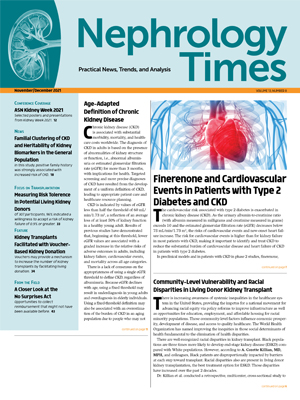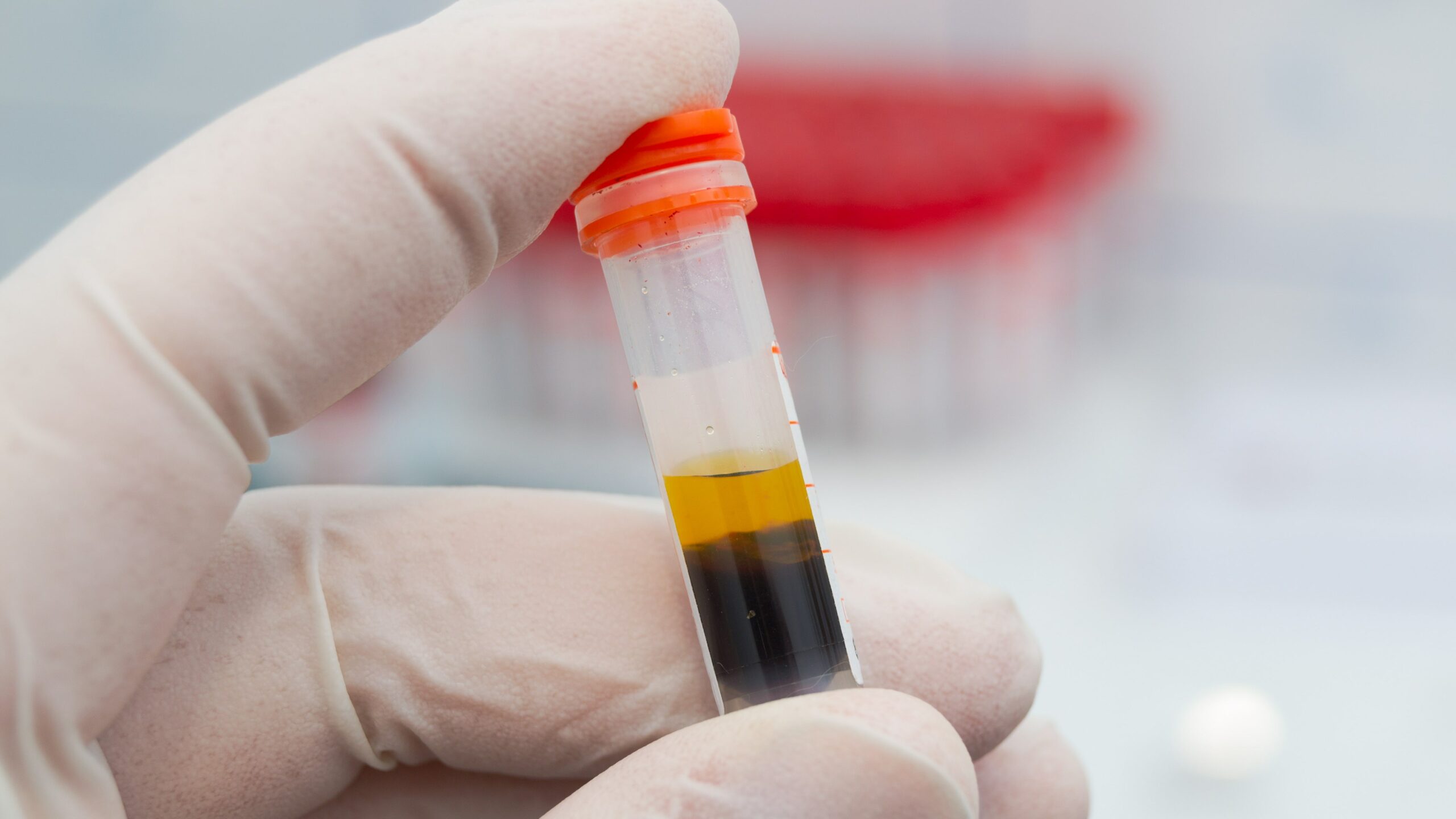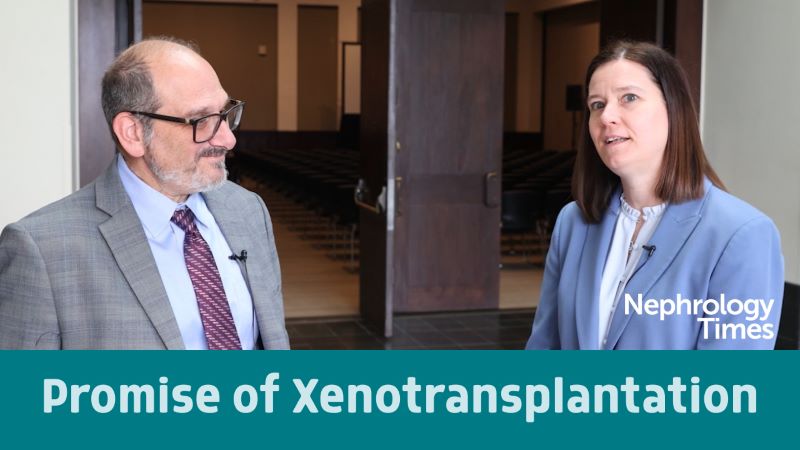
In December 2019, the Organ Procurement and Transplantation Network (OPTN) approved changes to the kidney allocation system. The changes were implemented in an effort to improve parity in organ procurement across the United States. The rationale for the changes was that, depending on the geographic location of the center for a patient on the wait list, the calculated wait time for a deceased donor kidney transplant could vary by more than 5 years. The refined policy aimed to make wait times equal regardless of geographic location.
Results of analyses conducted after implementation of the new system of kidney allocation demonstrate that geographic location remains the factor most associated with transplant access. Conversely, others have contended that the changes exacerbate existing geographic and racial disparities in kidney transplant access for patients with end-stage kidney disease (ESKD). The OPTN allocation model uses transplant rates as a function of cumulative waiting time of transplant registrants; however, that approach only considers wait-listed patients and does not consider the regional burden of ESKD.
In 2018, the United Network for Organ Sharing (UNOS) announced principles of geographic distribution that included the principle that “deceased donor organs are a national resource.” Derek A. DuBay, MD, and colleagues proposed that if all deceased donor organs are a national resource, all patients with ESKD should be considered in the allocation policy. The researchers performed a cross-sectional population-based economic evaluation analysis to examine the impact of the 2019 OPTN kidney allocation policy using transplant rates normalized to the population burden of ESKD across the United States. Results of the analysis were reported in JAMA Surgery [2021;156(7):639-645].
The analysis included a merged data set containing the United States Renal Disease System (USRDS) and the Scientific Registry of Transplant Recipients (SRTR) databases. The USRDS divides the United States into networks and gathers data on all patients with ESKD and the SRTR gathers data on all patients wait-listed for solid organ transplant and all patients receiving a kidney transplant.
Participants in the analysis were patients with incident ESKD, those on the kidney transplant waiting list, and recipients of a kidney transplant. Data were collected from January 1 to December 31, 2017; the analysis was conducted in 2019.
The primary outcome of interest was the probability of a patient with ESKD being placed on the transplant waiting list or receiving a deceased donor kidney transplant. The researchers compared states and donor service areas (DSAs) for gains and losses in rates of transplanted kidneys under the new allocation system. Transplant rates were normalized for ESKD burden.
The study cohort included patients with incident ESKD and those with incident kidney transplant procedures during the study period. A total of 122,659 new patients with ESKD were included. Of those, 58.2% (n=71,397) were men, and mean age was 62.8 years, translating to an incidence of 377 per million US population. In 2017, 35,447 patients with ESKD were added to the kidney transplant waiting list and 19,694 kidney transplants were performed. Of the 19,694 transplants, 5728 were from living donors, 13,956 were from deceased donors, and 10 were from unknown donor type. A total of 15,365 wait-listed patients died or were removed from the waiting list. The kidney allocation policy pertains only to deceased kidney donors.
There were marked differences in the incidence of ESKD across the United States. The highest rates were in the District of Columbia, the Southeast, West Virginia, and New Jersey; the lowest rates were in the Mountain West states, Minnesota, and Maine, New Hampshire, and Vermont. There were also variations in the probability of a new patient with ESKD being added to the kidney transplant waitlist. The probabilities were highest in Wyoming, Colorado, Minnesota, and several New England states; the lowest probabilities were in Hawaii, Oregon, Nevada, Oklahoma, Arkansas, Louisiana, and Ohio River Valley states.
There were “stark differences” in the probability of a new patient with ESKD receiving a living or deceased donor kidney transplant across the country. The highest probability was in Minnesota, other Midwestern states, Mountain West states, Alaska, and several New England states (Massachusetts, New Hampshire, Rhode Island, and Connecticut). Probability was lowest in Nevada, West Virginia, and the Southeast.
In 2017, there was a 3-fold variation across the United States in the probability of receiving a deceased donor kidney transplant. The probability ranged from 6.36% in West Virginia to 18.68% in the District of Columbia. There was a 10-fold variation in the probability of receiving a living donor kidney transplant, from 1.21% in Alaska to 12.87% in Utah. The likelihood of a patient receiving either a deceased donor or living donor kidney transplant varied more than 3-fold, from 9.16% in Hawaii to 31.6% in Utah.
Median time on the transplant waitlist for a deceased donor kidney transplant varied from 2.6 years in Nebraska to 7.2 years in Wyoming. There was no correlation between median waiting time and deceased donor kidney transplant, living donor kidney transplant, and both donor transplants.
The OPTN modeling method for deceased donor allocation is based on DSAs, nonprofit agencies that coordinate deceased donations. DSAs are state based in some cases. In some heavily populated areas there may be more than one DSA per state (e.g., New York, California, and Florida); in some areas that are sparsely populated, there may be more than one state in a DSA (e.g., Washington state, Montana, and Alaska).
Based on kidney transplant frequency, the new OPTN allocation system might have been expected to result in the largest increases in deceased donor kidneys in Hawaii, West Virginia, Arkansas, Mississippi, and Nevada. However, OPTN modeling reveals that the largest increases in decreased donor allocation are likely to occur in DSAs from New York, Georgia, and Illinois; other than Georgia, those states have kidney transplant rates per incident ESKD cases above the mean. The largest decreases are likely to occur in Nevada, Ohio, and North Carolina; those states have transplant rates per incident ESKD cases significantly below the mean.
The researchers cited some limitations to the analysis, including the use of registry data, and inferring future transplant rates and outcomes based on data gathered prior to the allocation change.
In conclusion, the authors said, “The new OPTN-approved kidney allocation policy may result in worsening geographic disparities in access to transplant when measured against the burden of ESKD within a particular region of the US. Paradoxically, the largely urban areas with much higher transplant rates gain from the new allocation policy, whereas rural areas with low transplant rates, vulnerable patient populations, and a much higher ESKD burden lose access to deceased donor organs. The OPTN allocation policy may further exacerbate the inequity in these regions of the country, where patients with ESKD have a much lower probability of being wait-listed for transplant. With the updated policy, those patients who are placed on the waiting list in rural areas may have a lower probability of getting a deceased donor kidney transplant.”
Takeaway Points
- Researchers reported results of an analysis of the impact of the new kidney allocation system approved in 2019 by the Organ Procurement and Transplantation Network (OPTN).
- The economic evaluation of 122,659 patients with end-stage kidney disease (ESKD) demonstrated that the policy change will result in disproportionate distribution of organs across the United States.
- States with the lowest transplant rates among the population with ESKD will not see a benefit from the changes in allocation policy and may experience a decrease in allocated organs.







 © 2025 Mashup Media, LLC, a Formedics Property. All Rights Reserved.
© 2025 Mashup Media, LLC, a Formedics Property. All Rights Reserved.